EXHIBITIONS
Pioneers of abstraction
Women mathematicians at Ulm and Sèvres before 1986
The exhibition presents four portraits of women mathematicians: Marie-Louise Dubreil-Jacotin, Marie-Hélène Schwartz, Michèle Vergne and Brigitte Vallée, illustrating the history of co-education at the ENS and the École normale supérieure de jeunes filles. These portraits are accompanied by archives from the ENS collection.
Adrift
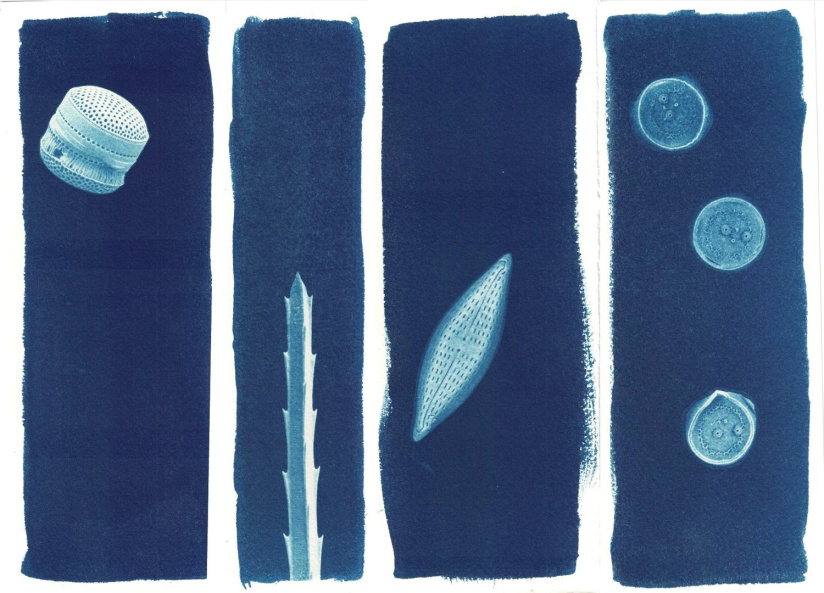



Portraits of eternity in an ever-changing planet
by Helena Cruz de Carvalho (Artist and scientist at the ENS Institute of Biology)
Visually inspired by the work of Anna Atkins (cyanotype photograms), Ernest Haeckel and Karl Blossfeldt, this series of plankton portraits begun in 2021, gives a glimpse of what eternity looks like on our planet.
Biodivertrucs
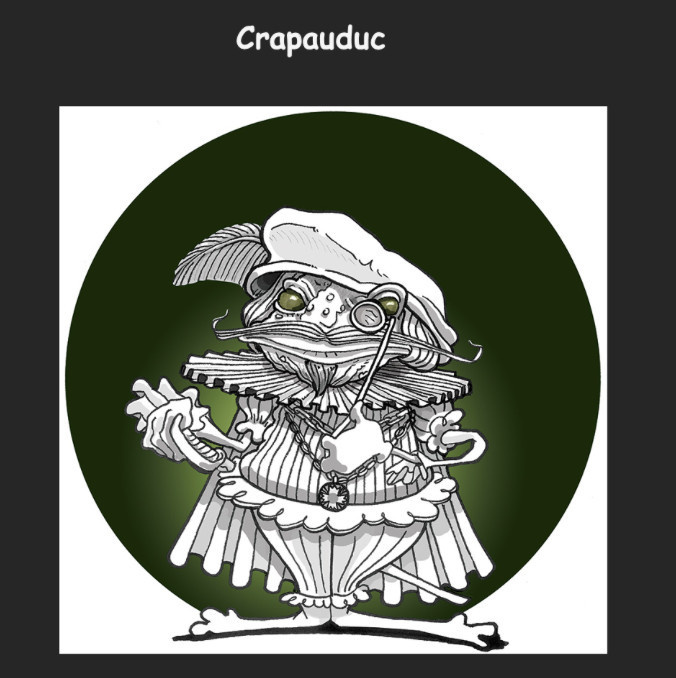



Minimalist texts and humorous illustrations
by Frantz Depaulis (researcher at the ENS Institute of Biology) and Emmanuel Passieux (graphic designer)
Popularized science on biodiversity, scientific ecology and evolutionary biology (first steps).
GUESS MY RESEARCH
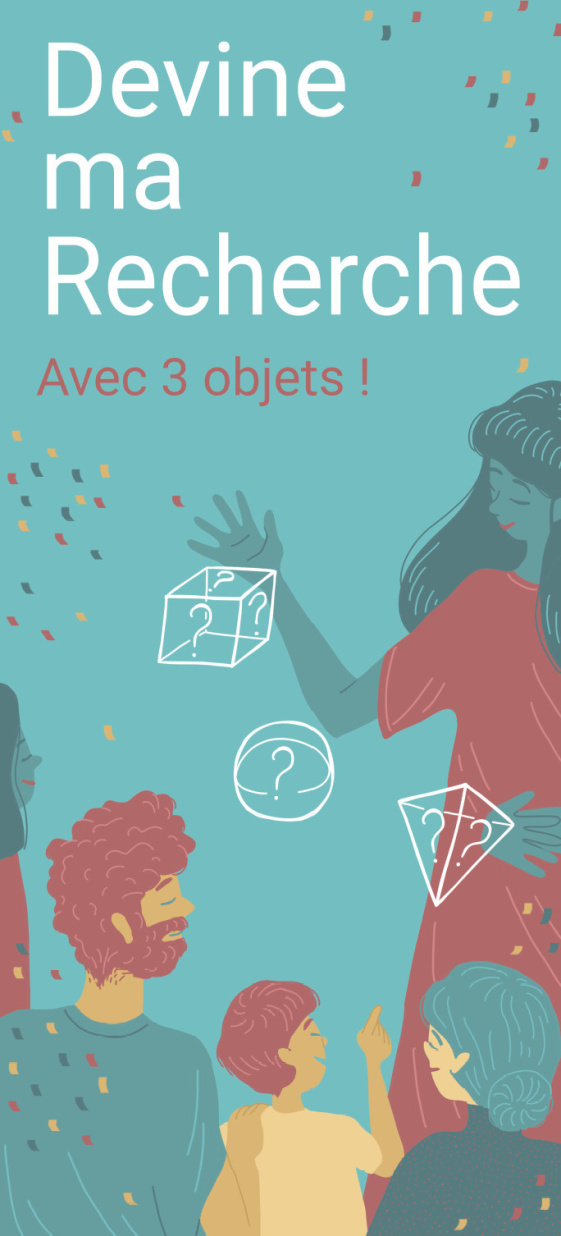



Using three objects, guess what the person sitting opposite you is researching.
CAFÉ DES SCIENCES - 4:30pm
Discussion on women and girls in science
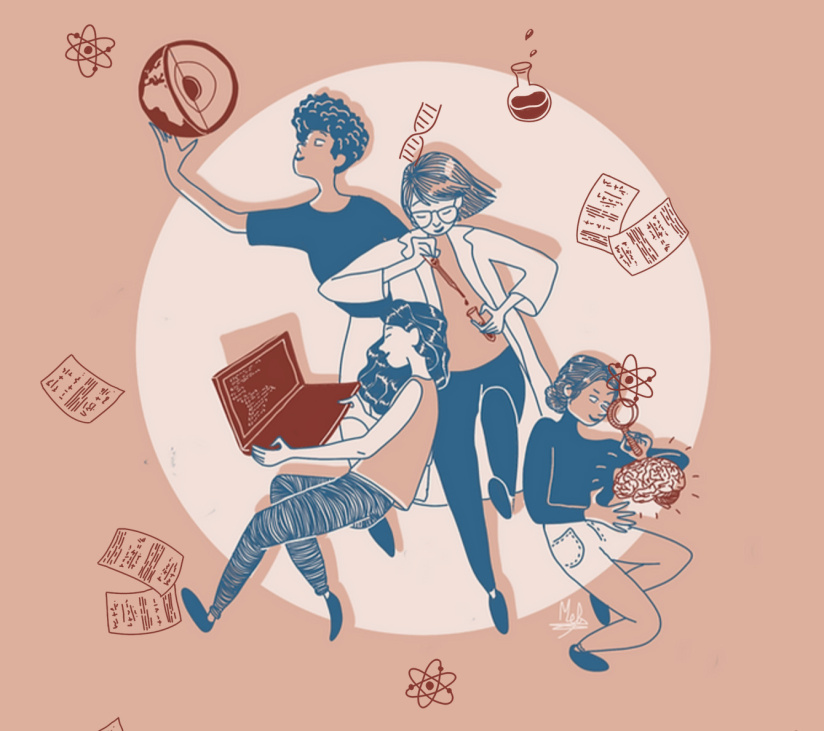



Moderated by Sara Guinane, founder of the Virtual Class association and the science podcast KESAKO.
With Clotilde Policar, researcher in the Department of Chemistry and Director of Science Studies at the ENS, and Charlotte Jacquemot, researcher and Director of the Department of Cognitive Studies.
SPORTS AND SCIENCE
For this new edition, sport and sports practice will be given pride of place in the context of the Paris 2024 Olympic and Paralympic Games. Activities linked to this theme will be identified by a "Sport and Science" badge!
WORKSHOPS & GAMES
BIOLOGY
Building an animal family tree
led by Joëlle Barido
Discover how scientists study the evolution of species, and try to place animals in their correct position in their family tree.
Cyanography workshop
led by Helena Cruz de Carvalho
An ancient photographic printing process invented in 1842 by John William Herschel, cyanography or "sun photography" produces monochrome Prussian blue prints using a photosensitive solution exposed to the sun's rays. Take your print home with you!
COMPUTING
The apprentice illustrator



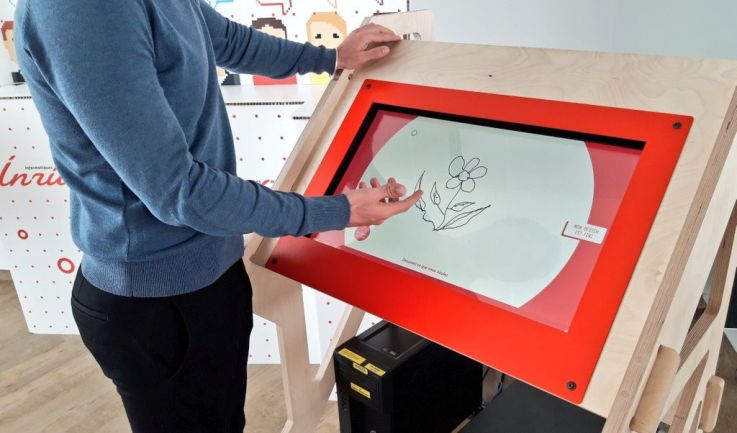
This demonstration is the result of a collaboration between the Palais de la découverte and the Sierra project team. Aimed at children and adults alike, it explains the capabilities and limits of artificial intelligence. How is it done? By relying on the recognition of drawings... A simple and effective tool that demonstrates that without a database, there is no artificial intelligence, and that the machine only knows what it is taught. Watch the video here
MATHEMATICS
Aperiodic tessellations
animated by Tangi Pasquer, Nicolas Tholozan and Paul Wang
David Smith, an American artist, offers you a pretty collection of tiles shaped like hats (or T-shirts). Can you assemble them into a beautiful mozaic? And will you understand why his find is one of the most important mathematical discoveries of 2023?
Stable marriage game
hosted by Tangi Pasquer, Nicolas Tholozan and Paul Wang
Every year on Saint John's Day, 18-year-old witches and wizards choose the avatar who will accompany them on their adventures. Every wizard has his or her preferences, but so does every avatar, and they're not necessarily compatible! Can you find a clever way of assigning an avatar to each wizard? And what does this have to do with ParcoursSup?
PHYSICS
Cosmology and gravitation at the dawn of gravitational astronomy
hosted by Cédric Deffayet
Brief introduction to dark matter, dark energy, cosmology and gravitation.
Experimental fog chamber demonstration
hosted by Lucie Cros
We illustrate and explain the presence of ionizing particles (terrestrial radioactivity and cosmic rays) in the Earth's atmosphere using a fairly basic experimental device.
Le grand plongeon - "Sport and science"
hosted by Frédéric Chevy
How can a swimmer or a ship go even faster? Why is it forbidden to stay underwater during swimming races? In this talk, we'll explore the physics of swimming and discuss in particular the role played by waves in the performance of swimmers and vessels.
GEOSCIENCES
Geological time line
animated by Loïs Dufour and Julie-Maï Paris
Our Earth has a (very) long history. Can you reconstruct it?
Cakes or floors?
animated by Johanne Lebrun Thauront and Amicie Delahaie
No soil cakes or leaf soup here, but real, edible cakes to learn and enjoy.
The ocean and the atmosphere are on the move!
animated by Lucile Pauget, Meryl Wimmer, Clément Le Priol, Clair Duchamp and Mariem Rezig
How do clouds, storms and cyclones form? What is albedo? Why are sea levels rising? What is ocean acidification? We've got lots of little experiments to explain it all. And then... let's make a miniature tornado! We could observe it, measure it, and learn a lot about storm formation, the atmosphere and even the ocean.
A mountain at the bottom of the ocean (and vice versa)
hosted by Lucie Boucher, Myriam Besson, Martin Colledge, Navid Kheirdast and Jean-Arthur Olive
Where does this rock come from? From the bottom of the ocean, the top of a mountain or... a bit of both? How old is it? And why does it have such a strange shape and color? It's not easy exploring the seabed at depths of over 2,000 meters... Come and discover the boats, robots and deckhands who accompany scientists to the bottom of the oceans, and find out how rocks from the abyss can end up on the summits of the Alps.
How does an earthquake work?
hosted by Lucie Boucher, Myriam Besson, Martin Colledge, Navid Kheirdast and Jean-Arthur Olive
What is an earthquake? Can we predict when the next one will strike? Will it be small? Will it be big? What if you caused it by breaking this rock? We could observe it, even listen to it... and find out more. To better understand the big ones, come and produce your own micro-earthquake!
COGNITIVE SCIENCES
How do babies learn to talk?
animated by Anne-Caroline Fievet
From the moment they're born, babies have to learn and understand the world around them. They must learn to recognize their environment and the people around them, but also learn their language, recognize sounds and words and know how to combine them to be able to communicate and interact with others. At BabyLab, we study the mechanisms underlying these learning processes from birth to age 5.
Philosophical theater and thought experiments
animated by animated by Merel Semeijn, Constant Bonard, Jakob Suskind, Francesco Pierini
Philosophers take you, with a boat and a tramway, on an interactive theatrical experience through several philosophical thought experiments from metaphysics and ethics. Suitable for all ages!
Seeing physiological signals in real time
hosted by Camille Straboni
Come and explore your inner rhythms, and you'll see that the heart isn't the only organ to beat time!
CHEMISTRY
The human molecule
animated by Tiffany Loo Chin Moy, Manon Leconte and Anthyme Dutriaux
Compete in the garden in two chemical games: Chemlink: La course aux molécules and ChimiCombat!
Mixing, observing, understanding (ages 6 and up)
animated by Manon Leconte
Many everyday products are mixtures with surprising properties. In this workshop, we'll take a look at milk and red cabbage.
Chemistry and instability (from age 6)
led by Alexandre Simon and Valentin Trubert
Nitrocellulose, blue bottles and chemical gardens... Observe the beauty of unstable systems.
Umbrella materials (ages 6 and up)
animated by Shekoufeh Arabi Aliabadi
Hydrophobic materials are materials that can repel water: they do the exact opposite of a sponge! They're used in clothing, on smartphones to prevent fingerprints, and even in industry to save water.
On your marks, get set... powder up! (ages 6 and up) - "Sport and science"
animated by Manon Leconte, Yann Abboud and Margot Leturcq
What is the powder used by climbers and gymnasts alike? Discover magnesia and its remarkable properties in this workshop!
Transpi-Quizz: Test your knowledge of perspiration! (ages 6 and up) - "Sport et science"
led by Tiffany Loo Chin Moy and Louise Adelard
This animated quiz focuses on the theme of perspiration. Facilitators pose questions to the audience, leaving time for participants to give their answers, then we reveal the correct answer using explanatory signs.
Clothes breathe too! (ages 6 and up) - "Sport and Science"
animated by Manon Leconte
Why don't runners' clothes have the same texture as yours? What's the difference between synthetic and natural fibers? We'll answer all your questions and show you how to spin a synthetic fiber.
Exploring liquids: mixing and separating (ages 10 and up)
led by Rolf David, Julie Puyo-Fourtine and Zakarya Benayad
Mixing liquids is like a game in which some liquids mix perfectly (like friends who get along well), while others remain separate (like neighbors who prefer to stay on their own side). Sometimes you can use tricks, like adding salt, to separate them or mix them even more. It's a fascinating experiment, and helps us understand how things work in the world around us!
Analytical chemistry for sport: Let's fight doping! (from age 14) - "Sport et science"
animated by Anthyme Dutriaux and Alice Mougey
Doping is a veritable scourge in the world of sport, with some legendary performances invalidated due to doping in various sports. Despite the risks involved, the modern history of sport is marred by numerous controversies (Tour de France, Football World Cup...). To detect cheating, chemists have perfected their ever more effective tools to ensure fairness in sporting competitions. From a simple chromatography plate to gigantic, complex machines, discover how analytical chemistry has developed to combat doping!
De quoi on semelle? (high school level) - "Sport et science" (Sport and science)
led by Alexandre Simon
Discover what protects your feet from the ground! Foot pain after a run? Your soles could be the culprit! Come and play with these plastic pieces and feel free to twist, tap and shred them. You'll also learn how a good sole is made.
Seeing biomolecules from the inside thanks to Nuclear Magnetic Resonance (high school level)
animated by Ulric le Paige
Biologists are often - and rightly - depicted with a microscope. And indeed, whatever the technique (microscopy or even crystallography), a detailed photo of our sample is always indicative. However, there are cases where images are inherently blurred. In this presentation I'm going to introduce nuclear magnetic resonance, and how it allows us to observe proteins from the inside, from a completely different perspective.
Have fun discovering chemistry (high school level)
free access
Memories, quantum puzzles and jigsaw puzzles: board games also exist in chemistry!
ANCIENT SCIENCE
Were the Romans a sporting people? -"Sport et science"
at 2:30pm
by Jean-Paul Thuillier (Professor Emeritus, Department of Ancient Sciences, ENS-PSL)
PHILOSOPHY
Marey the innovator - "Sport and science"
at 3:30pm
by Claude Debru (Professor Emeritus, Department of Philosophy, ENS-PSL, member of the Académie des sciences)
Etienne-Jules Marey shared the privilege with English photographer Eadweard James Muybridge of inventing a new image that fragmented movement. His lifelong passion for the study of movement was a precursor to modernity. A physiologist, one of the fathers of biomechanics and, at the end of his life, a precursor of aerodynamics, Marey was above all a tireless researcher.
LABORATORY VISITS
Escape Game in the Salle Blanche (Registration on site)
hosted by Lucas Jarjat, Jules Craquelin, Matthieu Praquin, Vincent Lienhard and Michael Rosticher
A hacker has stolen your thesis - come and find it using nanofabrication equipment!
Quantum Fort Boyard: experience life as a researcher! (Registration on site)
hosted by doctoral students from the Laboratoire Kastler Brossel
Dare to solve the riddles and face the tests in room L169? Through a series of small manipulations, scientific questions and even a code, collect as many clues as you can to try and unravel the mystery of room L169... but hurry, your time's running out! In this Kastler Brossel Laboratory Fort Boyard, there are no coins and no tigers, just the opportunity to discover what goes on behind the scenes of scientific research!
Dates and Opening Time
On October 8, 2023
From 10:00 a.m. to 06:00 p.m.
Location
Ecole Normale Supérieure
45 rue d'Ulm
75005 Paris 5
Prices
Free
Official website
www.ens.psl.eu
More information
Free admission